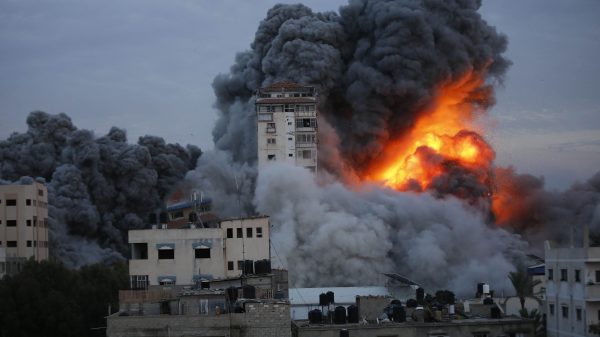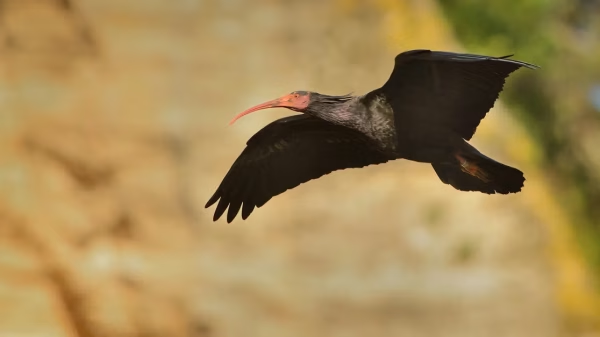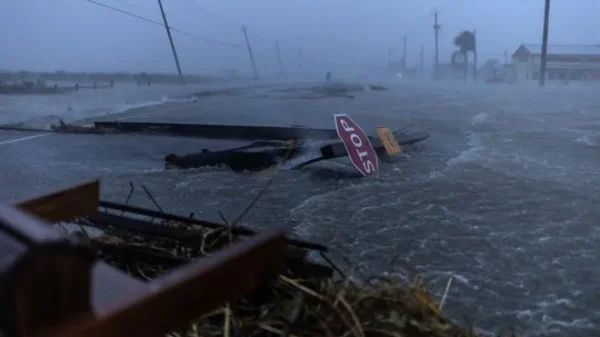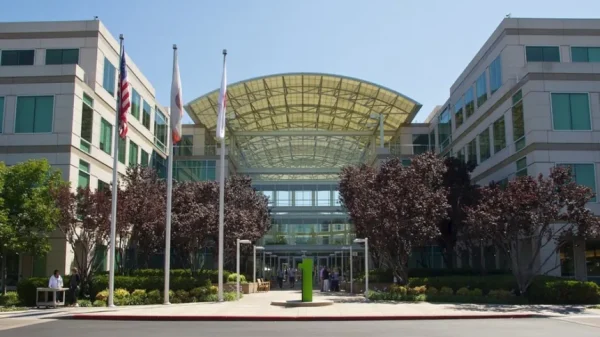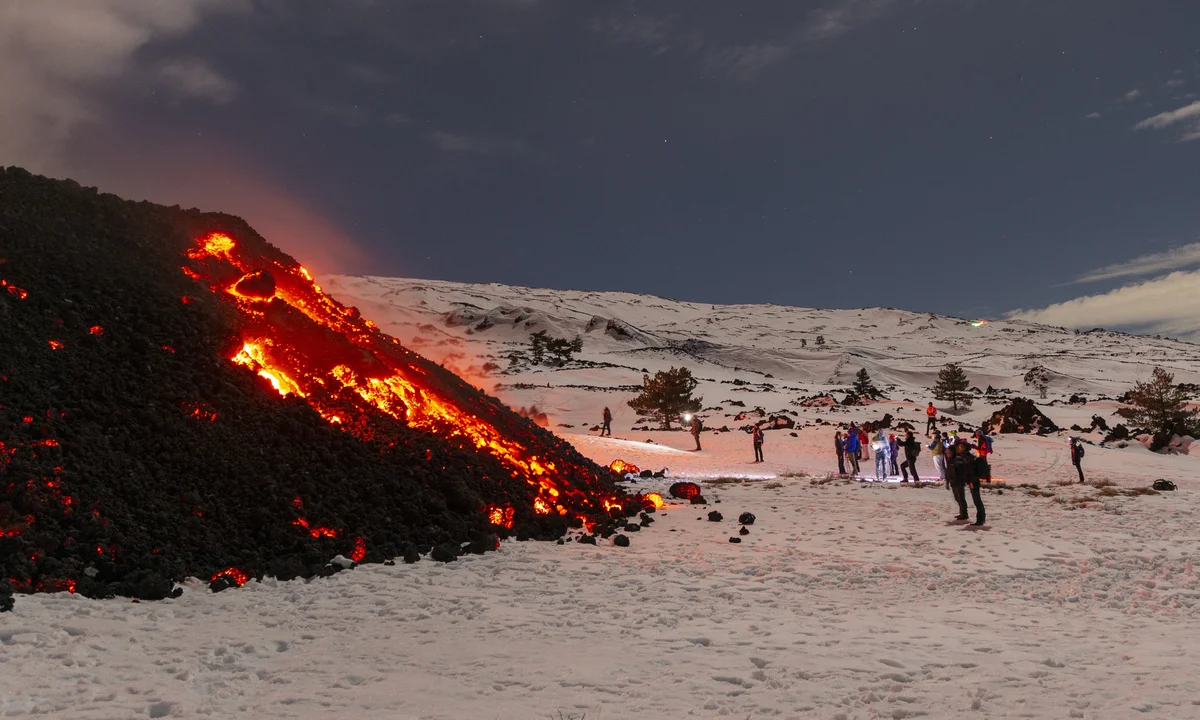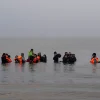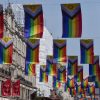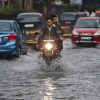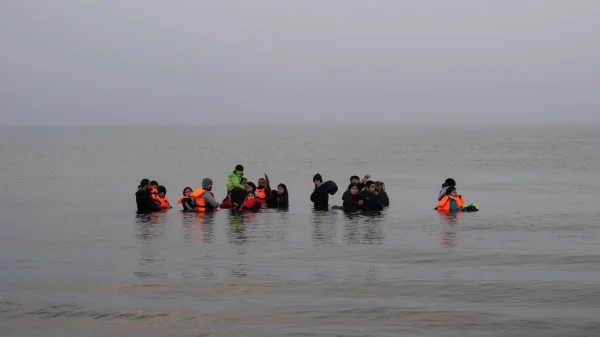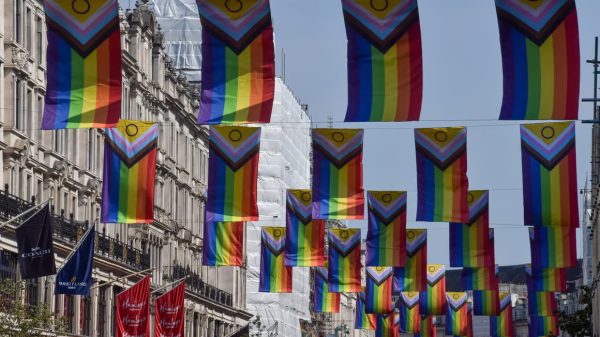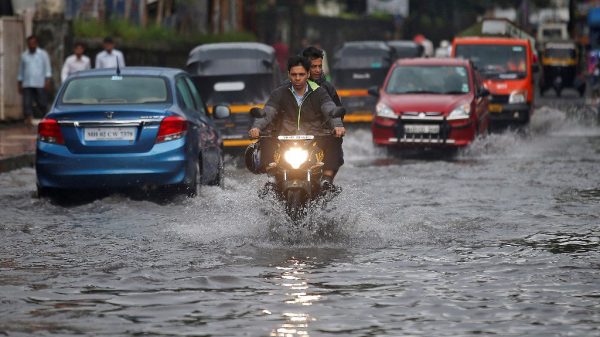In recent weeks, thousands of tourists have flocked to the snow-covered slopes of Sicily’s Mount Etna, clogging roads and hindering rescue operations, despite efforts by Italian authorities to keep people at a safe distance from the erupting volcano’s hazardous lava flows.
Mount Etna, known for its frequent eruptions, has been a major attraction for tourists for decades. However, the latest eruption, which began on February 8, has drawn an overwhelming number of photographers, hikers, and nature enthusiasts, prompting repeated warnings and restrictions from local officials.
Salvo Cocina, head of Sicily’s regional civil protection, described the situation in a statement on Sunday, noting a “constant flow” of around 1,000 visitors and “wild parking on the edges of tight streets,” which created obstructions for emergency vehicles.
“With the dark, the risk of falling and sinking into the snow increases proportionally with the increase of people,” he warned.
Adrano Mayor Fabio Mancuso also urged caution, stating, “Etna is giving us a breathtaking spectacle: A lava flow has reached our territory. A lot of people are trying to get closer to admire this natural phenomenon, but it is extremely dangerous!”
He explained that when lava comes into contact with snow, it can trigger violent explosions as the rapid melting generates high-pressure steam capable of launching rocks and molten debris over long distances.
“A mortal danger for anybody near the flow!” he cautioned in a social media post, adding that he had signed an order forbidding anyone from approaching the lava front.
In Ragalna, another town on Etna’s slopes, local authorities have mandated that people stay at least 500 meters (nearly 550 yards) away from the lava flow.
Despite these warnings, images and videos continue to surface online showing people in close proximity to the lava.
Footage shared depicted skiers gliding down snowy slopes while lava smoldered nearby, with molten rocks tumbling down in the distance. In one clip, a sightseer’s silhouette is visible against the glow of red-hot lava cascading just behind them.
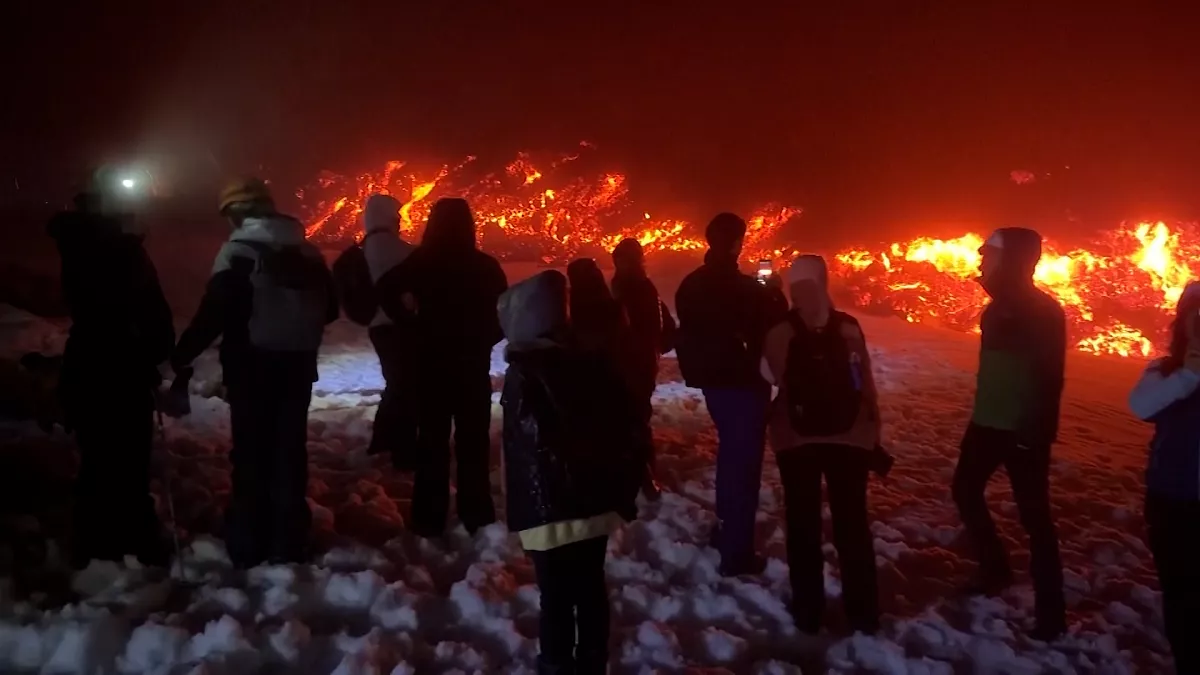
Mount Etna Eruption
Giulia Campisi, a spokesperson for the volcano tour agency Go-Etna, noted that while some individuals have independently ventured into restricted areas, local municipalities have imposed stricter measures to limit access for safety reasons.
“The eruption is affecting Etna’s western flank, which is less known to tourists,” Campisi explained in an email. “To reach the lava flow in this particularly cold winter, you must walk for a long time in deep snow.”
Go-Etna, she clarified, is not taking tourists directly to the lava flows and is fully complying with local restrictions. She emphasized the extreme danger posed by the interaction between hot lava and frozen snow.
“In some deeper spots, this can cause an immediate (and literally EXPLOSIVE) evaporation of the snow, resulting in the projection of hot stones, like bullets everywhere,” she said. “Events like these can take even experts by surprise.”
Stefano Branca, director of the National Institute of Geophysics and Volcanology, described the event as a “typical summit eruption.” He noted that while the general area remains safe, those venturing too close to the lava face serious risks due to the possibility of small hydromagmatic explosions caused by rapidly melting snow.
The influx of visitors has also complicated rescue efforts. Emergency crews have had to navigate congested roads in recent days, and according to local news outlet, eight people got lost on Monday and had to be rescued. Cocina also reported that one individual required assistance after experiencing a panic attack.
Belpasso Mayor Carlo Caputo called for a more structured approach to managing tourism on the volcano. “Etna is not a natural park like the others,” he told Italian television on Tuesday. “Here we have a volcano of national interest, and therefore it should be treated differently than other parks.”
Europe has been grappling with overtourism in recent years, with various cities and regions implementing new measures to curb its impact.
In 2023, Venice experimented with a €5 entrance fee for day visitors, Florence introduced a ban on golf carts and loudspeakers, and Greece’s prime minister proposed imposing high docking fees and daily arrival limits on cruise ships visiting its most popular islands.


